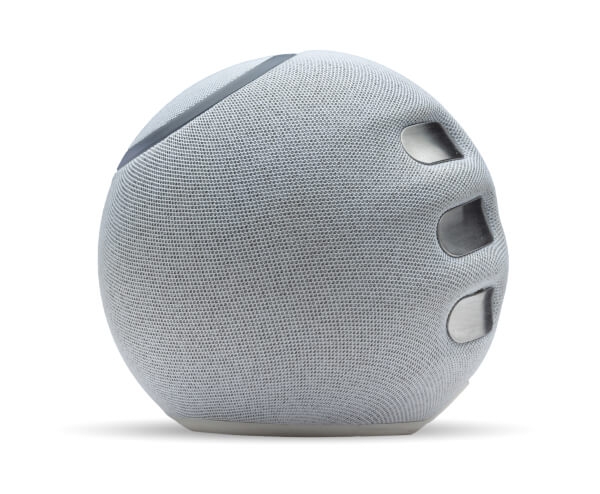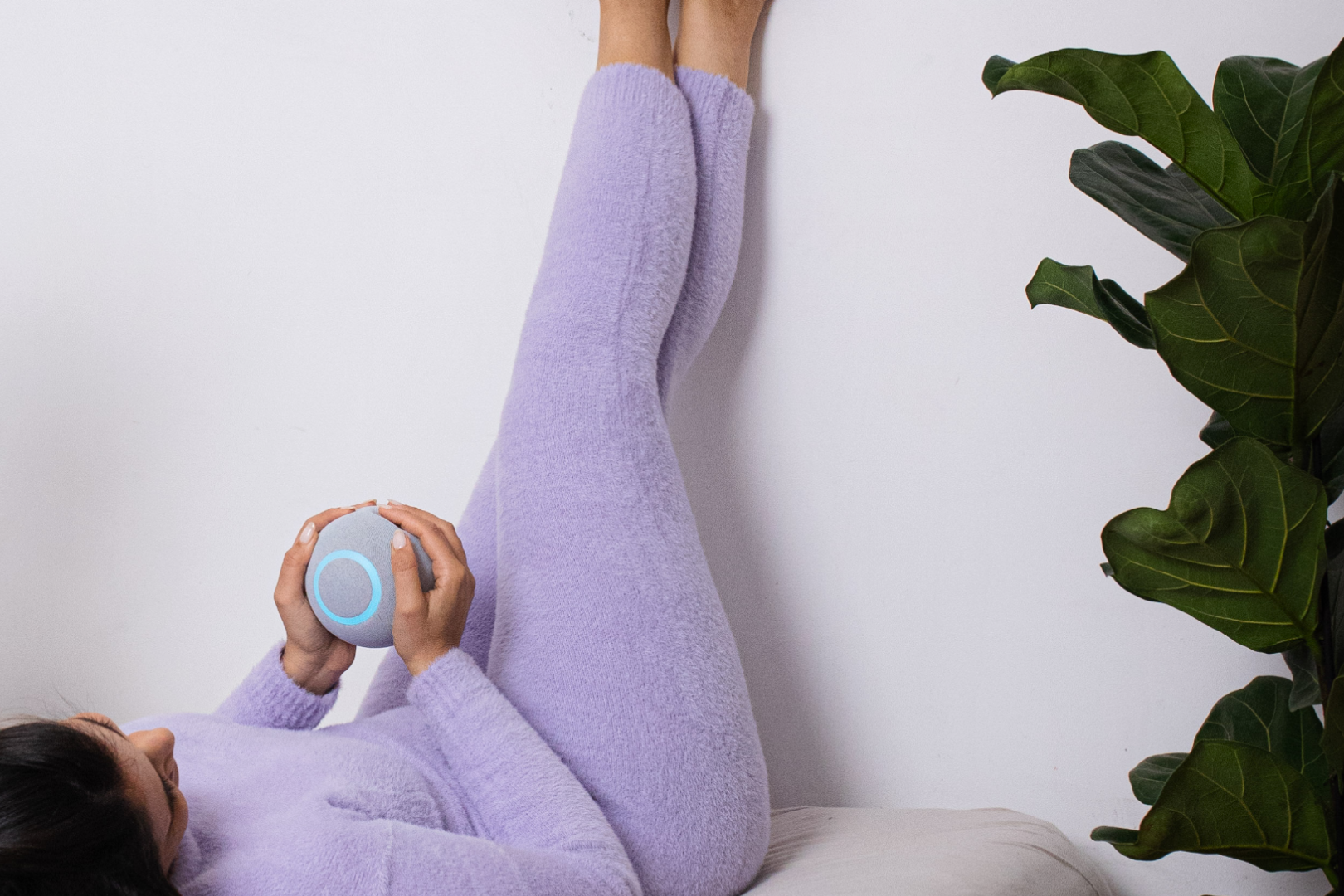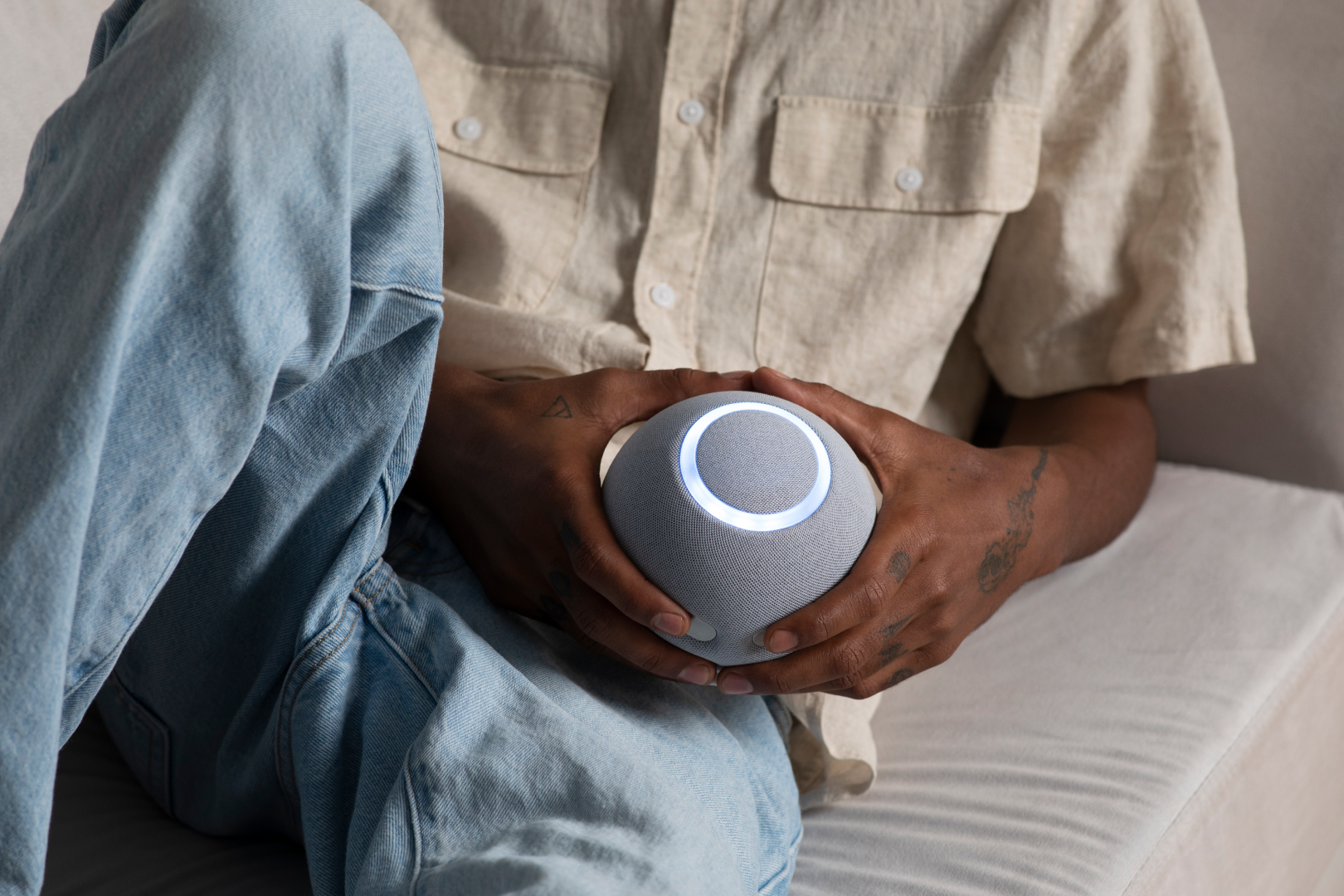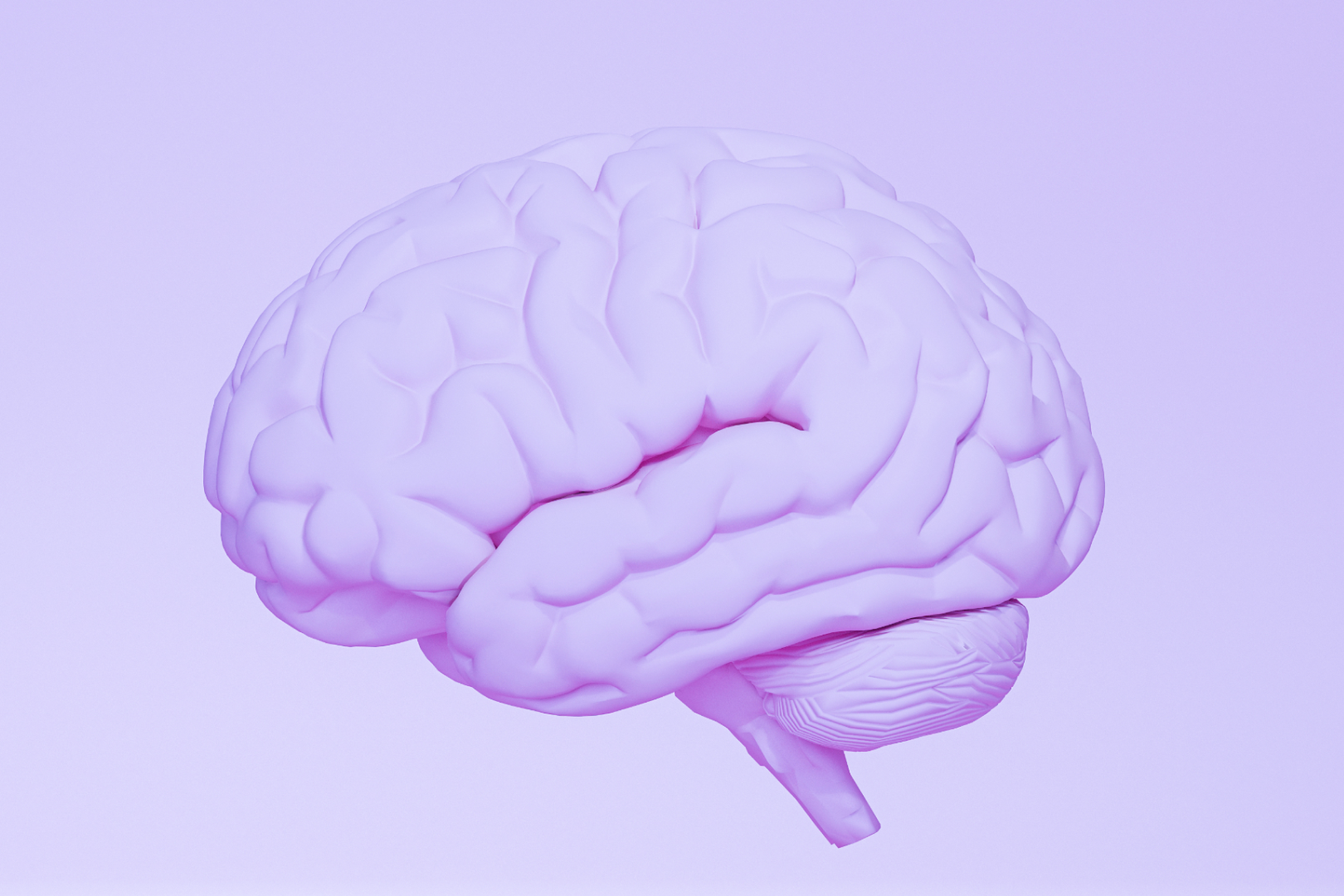Bloating, cramps, mood swings, headaches, fatigue… sound familiar? Yes, it’s PMS. The badge of sisterhood. Although premenstrual syndrome is so common, it doesn’t get the scientific attention it deserves. This is probably due to the definite gender bias in access to funding for health research. But it’s more than that. PMS is a cluster of symptoms that affect every part of the body, as well as impacting emotional wellbeing and mental health.
It’s complicated. In terms of research, PMS is often placed in the “too hard” basket. But for women everywhere, this is not good enough. PMS is really challenging, and it happens month after month, for many years of a woman’s life. Although there is no quick fix, there is new hope. In this article, we’ll explore an alternative and empowering technique that women can use to help relieve and manage the symptoms of PMS: Biofeedback and meditation.
What Is Biofeedback?
If you’re a regular visitor here at the Reflect blog, then you’re probably already familiar with biofeedback, meditation and their powerful benefits. If that’s the case, feel free to skip to the section on “What is PMS?” below.
But if you don’t already know the basics of biofeedback and meditation, read on! Biofeedback is a technique that trains people to become aware of the body’s physiological reactions when they occur, so they can learn how to manage and even control them.
During biofeedback therapy, the individual wears sensors that measure various involuntary responses of the nervous system, such as heart rate, muscle tension, heart rate variability, brain wave activity and galvanic skin response, and views this feedback in real time via the biofeedback device.
The information is displayed in an engaging and accessible way; for example, a cartoon car that goes faster when the heart rate speeds up, and slows down when the heart rate slows.
The goal of biofeedback is to take this awareness into everyday life, empowering people with the capability to ease physical and emotional symptoms of a range of mind-body conditions, like anxiety, depression, high blood pressure, ADHD and even asthma.
What is Meditation?
Many people think of meditation as sitting in the lotus position and chanting “om”, but it is much more than that. Meditation is an ancient Eastern practice that helps heighten your self awareness, become more present in the moment, calm the mind, and achieve a sense of inner peace.
In recent years, meditation has become very popular in western culture. More people are using meditation as part of their health and wellness routine, alongside the typical activities they do to keep healthy, such as exercising at the gym.
Meditation is now also recognized by science as having incredible health benefits. Practicing meditation can reduce the risk of being hospitalized with heart disease by 87%, and can help reduce time spent awake due to insomnia by 50%!
How Biofeedback and Meditation Work Together?
Meditation is one of several techniques used in biofeedback to train the mind and body to relax. During a biofeedback session, the individual is guided through a meditation practice, such as mindfulness meditation, and observes how the body responds in real time.
For instance, the biofeedback device may display how the breathing rate slows, changes in muscle tension or brain wave activity. By making the individual aware of the calming effect of meditation as it occurs, biofeedback can help them refine their practice and focus on the meditative techniques that work best for them.
What is PMS?
PMS, or premenstrual syndrome, is the name given for a whole bunch of physical and emotional symptoms a woman may experience in a week or two leading up to her menstrual period. PMS is caused by the fluctuations in hormones released as part of the natural menstrual cycle. Symptoms associated with PMS include:
- Abdominal cramps & low back pain
- Breast tenderness
- Bloating
- Nausea
- Mood swings & irritability
- Forgetfulness & lack of concentration
- Fatigue & Insomnia
- Headaches
- Appetite changes
PMS may be associated with depression, however, this can be difficult to ascertain – what appears to be PMS may be undiagnosed depression. When a woman is not menstruating, such as during pregnancy, breastfeeding or menopause, then PMS disappears. However, PMS is extremely common, affecting 3 out of 4 women at some point in their reproductive years.
Why am I Suffering From PMS and My Friends Don't?
Every woman is different, and so are their menstrual cycles! PMS can vary a lot even for the same woman. One month, she may have severe PMS, including cramps, bloating, and lower back pain, and the next month she may just experience a mild headache.
The endocrine (hormonal) system is very complex and it is hard to predict who will get PMS, and how badly they will get it. If you have PMS, but your friends don’t, there are many physical, emotional, and genetic elements involved, so it is impossible to know exactly why this may be the case.
However, if PMS is interfering with your ability to go to work, go out with friends or enjoy life, then it is a good idea to stop comparing yourself to others and take a look at what you can do to get relief and make your PMS symptoms easier to live with.
Will my PMS Symptoms Ever Stop?
Around 90% of women report having had mild PMS symptoms, such as bloating and mood swings. A small number of women, around 5%, suffer from PMDD, or Premenstrual Dysphoric Disorder. Comparing PMS vs PMDD, the symptoms of the latter are far more extreme, and can also lead to mental health issues, such as fear and anxiety, excessive loneliness and depression.
PMS usually peaks during your 20s and 30s, but settles down as you enter your 40s and the perimenopausal phase. In the meantime, for women who are prone to PMS or PMDD, the symptoms can be managed so they don’t disrupt daily functioning and the joy of life. One of the techniques gaining popularity in the treatment of PMS is mindfulness meditation.
In 2016, a study found that mindfulness-based cognitive therapy (MCBT) significantly reduced PMS, especially for those who suffer from mild to moderate symptoms. That’s exciting news for women with PMS, because meditation is a natural, drug-free practice with no risks or side effects, and it can be done at home, with little to no costs involved at all.
How Biofeedback & Meditation Can Help With PMS Symptoms?
Let’s explore how meditation, particularly in conjunction with biofeedback, can be a game-changer for period pain and PMS treatment.
Biofeedback & Meditation For PMS Nausea
Before your period, the body releases a hormone called prostaglandin, which can cause nausea, vomiting, and bloating. While it probably can’t be completely eliminated, PMS nausea can be relieved by training the mind to observe one’s reactions to the physical sensations of PMS bloating and nausea, and become more aware of any resistance or anger that it brings.
Biofeedback & Meditation For PMS Depression
PMS depression is fairly common and can cause feelings of irritability, sadness, fatigue, and mood swings. Biofeedback and meditation have both been shown to help reduce the symptoms of depression, by helping people become aware of their negative thoughts and feelings as they arise, regain control of them, and let them go without self-judgment. These mind-body techniques may be helpful for PMS mood swings too.
Biofeedback & Meditation For PMS Cramps
Before and during menstruation, the muscles of the uterus contract. In some women, these contractions can be very painful, and this is what causes those nasty PMS cramps. Like any muscle tension, learning to relax is a great way to reduce the pain. Regular mindfulness meditation and biofeedback are powerful self-affirmation techniques that promote deep relaxation and can help relieve period pain and cramping.
Biofeedback & Meditation For PMS Anger
Studies have shown that women with PMS have higher levels of anger and less control over their angry feelings. PMS anger can be very uncomfortable, impacting a woman’s ability to experience pleasure and have healthy interactions with family and friends. Anger arouses a strong physiological response, such as increased heart rate, blood pressure and muscle tension.
With meditation and biofeedback, the individual can train the mind to recognize feelings of anger and calm the body’s stress response to those feelings.
Biofeedback & Meditation For PMS Stress
Stress generally makes physical and emotional symptoms of PMS worse, which only increases PMS stress. Biofeedback and meditation can help individuals get out of this negative loop by easing many of the symptoms associated with PMS, like anxiety, depression, tiredness, anger, digestive upset and headaches.
Biofeedback & Meditation For PMS Lower Back Pain
PMS lower back pain is caused by muscle contractions of the uterus. The pain radiates into the lower back area, causing discomfort and in some cases even severe pain. Meditation has been shown to help alleviate all kinds of pain, particularly muscle pain.
By adding muscle biofeedback to meditation practice, the individual can see on the biofeedback device how their muscles are relaxing in real time in response to meditation techniques, and use that knowledge to help ease lower back pain and cramping when PMS strikes.
PMS Natural Treatment – Why Not Just Take a Pill?
While pain meds may help ease cramping, tender breasts, or headaches, there is no pill for PMS. There is no single quick fix for PMS mood swings, fatigue, stress, sadness, and all the other symptoms that fall under the PMS umbrella. What’s more, it’s never ideal to rely on painkillers. Even natural remedies can have side effects, and if you need to take PMS medication every month, the cost adds up too!
The best solution is to focus your efforts on the mind-body connection and become more aware and mindful of your physical and emotional symptoms, so you can learn to control and relieve them, naturally.
What Research Has to Say?
Science is starting to explore how the mind is involved in PMS and its associated symptoms. An important study showed that mindfulness meditation improved the anxiety and depression of women with PMS.
Many of the symptoms of PMS are common to other stress-based disorders that have been shown to improve with meditation and biofeedback. Chronic pain, muscle pain, insomnia, ADD and other cognitive issues are all alleviated with consistent biofeedback training and meditation.
Can Biofeedback be Harmful?
A huge benefit of biofeedback treatment is that it is completely safe, non-invasive, and has no side effects. Biofeedback devices typically use sensors that are easily applied to the head, arms or chest, and some biofeedback devices, like the Reflect Orb, don’t require the use of sensors at all. Simply rest your hands on the orb and start receiving helpful biofeedback.
Instead of popping pain meds or suffering in silence, women with PMS symptoms, whether mild or severe, can look to the mind-body connection and related treatments to manage the stress of PMS and gain real relief.
Bottom Line – Does It Really Work?
Taken separately, meditation and biofeedback techniques are effective at helping you become aware of your thoughts and feelings, and how they are impacting your physiological state and overall well-being. When used together, the impact is amplified and you can expect better, faster results. PMS is a broad disorder, with symptoms affecting physical, mental, and emotional well-being.
Most women suffer from PMS at some point in their reproductive years. Even so, research is sparse and underfunded. Until PMS gets the attention it should, there are ways to help yourself and the women you love find relief and a sense of freedom from PMS.
Biofeedback and meditation treatment offers a holistic solution where the mind, body, and spirit intersect. Proven by science, and with no risks or side effects, using biofeedback together with meditation might just be the magic pill that women with PMS have always hoped for.






